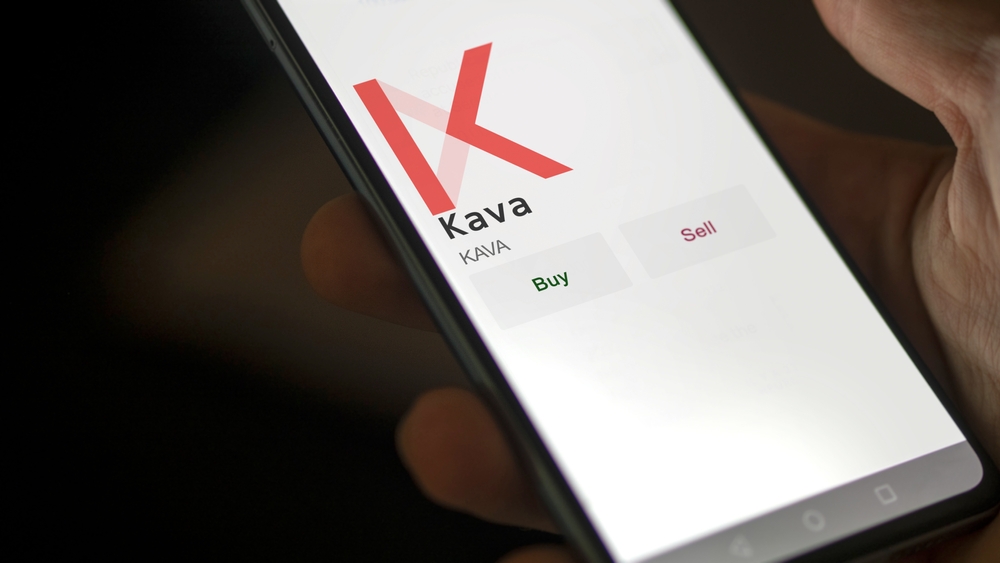The decentralized finance space has witnessed massive growth in recent years. Several projects have been built to offer innovative financial services to crypto users. One of them is Kava. In this guide, we will explore Kava. Keep reading to learn what sets this project apart.
Exploring Kava
Kava, a layer-1 blockchain, is known for offering collateralized loans to crypto users. It aims to become a leader in the DeFi sector by giving users access to a lending and borrowing platform that supports multiple cryptocurrencies, such as XRP, BNB, Bitcoin, and many more. Kava was built using Cosmos-SDK, thus making it interoperable.
The blockchain has three main facets intended to meet various financial needs. They include:
Kava Lend: This lets users access multiple assets available for borrowing.
Kava Mint: This allows users to deposit their crypto assets as collateral to secure loans. Kava Mint is backed by USDX, a stablecoin managed by Kava developers.
KavaSwap: This lets users exchange one token for another with ease.
Understanding the History of Kava
Since 2022, Kava has seen significant growth. That year, the project rolled out an upgrade dubbed Kava 9 Minute, which allowed the blockchain to connect to the broader Cosmos ecosystem. The integration made Kava more interoperable, allowing seamless interactions with several external cryptocurrency wallets and other blockchain-based services.
In early 2023, Kava launched another upgrade, Kava 10, which introduced EVM support, making it possible for Ethereum and Cosmos to interact. Later that year, the Kava 14 upgrade was launched. This allowed ERC-20 tokens to be converted to IBC-20 tokens.
How Kava Lending Works
Here is a breakdown of the lending process on Kava:
User deposits collateral: A user initiates the lending process by depositing cryptocurrencies into Kava as collateral. You can do this by connecting your wallet to the Kava platform.
Kava locks collateral: After you deposit your crypto assets, they will be locked, and you will receive USDX worth the locked collateral.
Liquidation: In the event the value of your collateral falls below a certain debt ratio threshold, the collateral will be liquidated, and Kava will close your loan to safeguard the ecosystem.
User repays the debt: Users can make loan repayments whenever they wish. Each loan has a stability fee attached to it. The fee is given to validators running the Kava nodes.
Kava burns USDX: Once a user fully repays their loan, Kava will burn the USDX tokens and unlock the user’s collateral.
Consensus Mechanism
Kava employs a consensus mechanism known as Tendermint, which allows blocks to be generated faster. Blockchains that use Tendermint process nearly 10,000 transactions per second (TPS).
What Makes Kava Special?
Cross-chain capabilities: Kava can interact with DeFi protocols built on Ethereum since it has EVM support.
Multiasset platform: Kava allows you to deposit multiple assets as collateral, unlike most of its competitors, which only support one or two digital currencies.
The KAVA Token
KAVA peaked at $9.11 in 2019 after rallying 515% within a year. The token surged 121% in 2023 but is still down nearly 86% from its peak price.
Here are KAVA’s key aspects you should know:
A proof-of-stake (PoS) token: KAVA is a PoS token, meaning holders can earn rewards by staking it.
Burning mechanism: KAVA’s smart contract has a burn mechanism that reduces the circulating supply to boost the token’s price.
KAVA’s Tokenomics
Kava managed to raise over $3 million in BNB through an Initial Exchange Offering conducted on Binance Launchpad. Here is how the token has been distributed:
First private sale: 30% of the entire supply.
Treasury: 29% of the total supply.
Shareholders of Kava Labs: 25% of the total supply.
ICO on Binance: 6.50% of the total supply.
Second private sale: 6% of the total supply.
Third Private sale: 3.5% of the total supply.
Conclusion
Given its interoperability capabilities, Kava could achieve its ambitions of becoming a DeFi leader in the near future. Finally, make sure you understand all the risks involved before using Kava.
